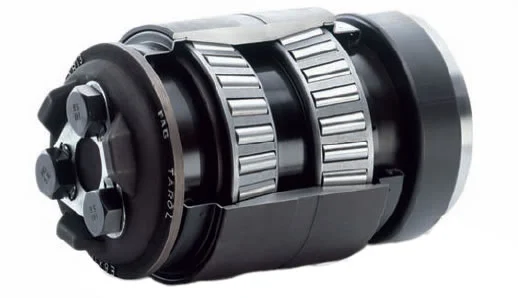Table of Contents
Categories
-
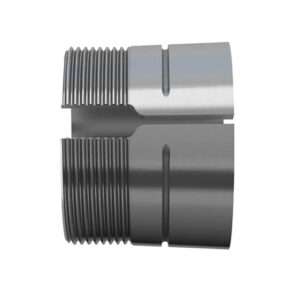
Adapter Sleeves (9)
-
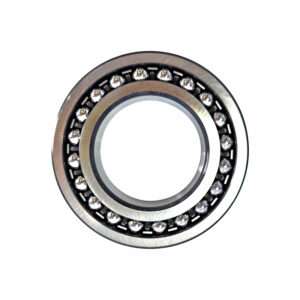
Ball Bearings (11)
-
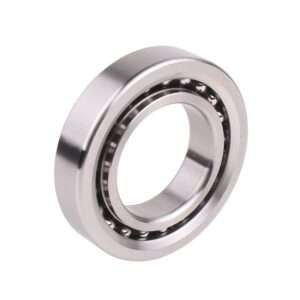
Ball Screw Bearings (2)
-
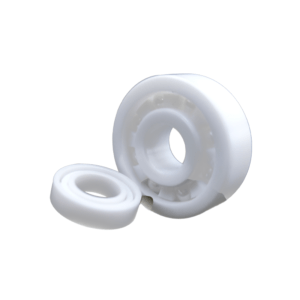
Ceramic Bearings (27)
-
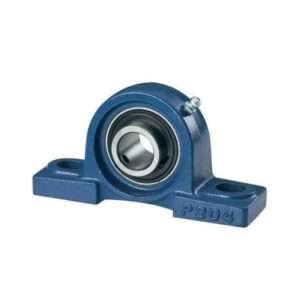
Pillow Block Bearings (4)
-
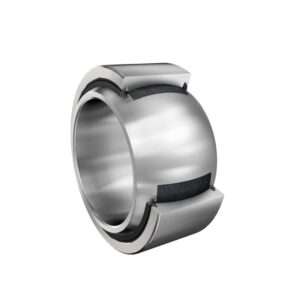
Plain Bearings (32)
-
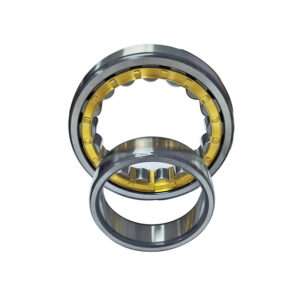
Roller Bearings (12)
-
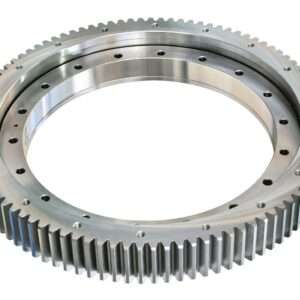
Slewing Bearings (43)
-
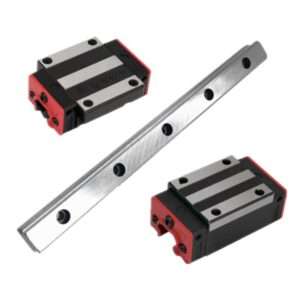
Sliding Block (3)
-
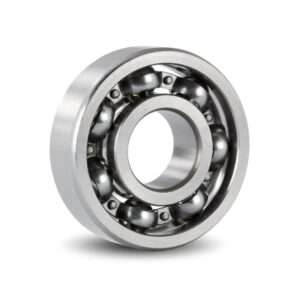
Stainless Steel Bearings (27)
-
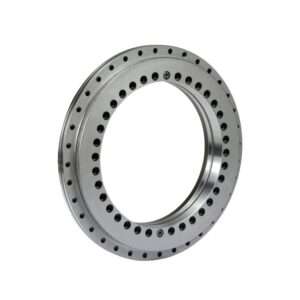
Super Precision Bearings (6)
-
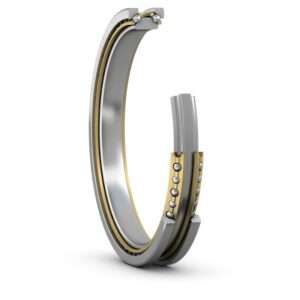
Thin Section Bearings (9)
-
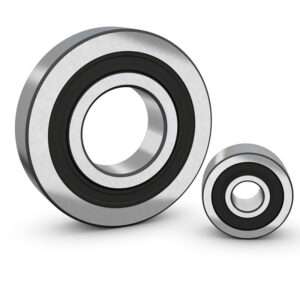
Track Rollers (4)
-
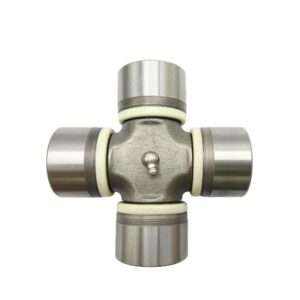
Universal Joints (1)
Lubrication Strategies for Extending the Life of Rod Ends
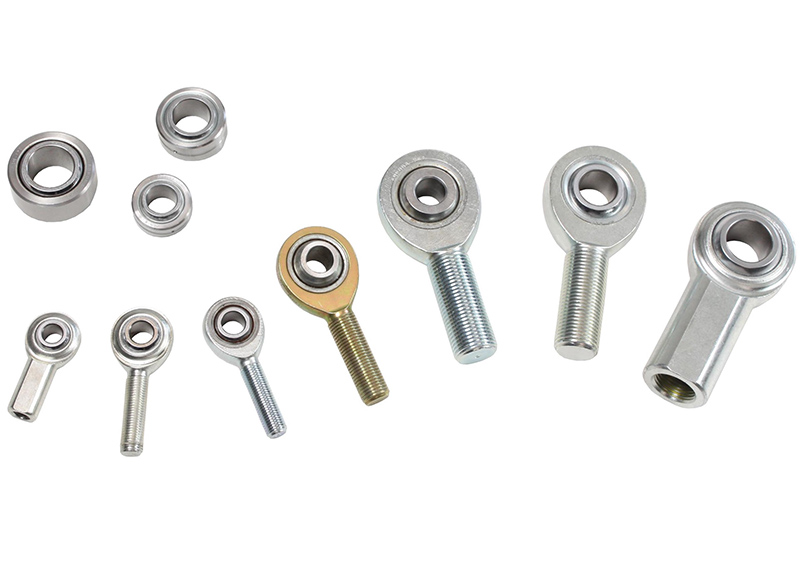
Introduction
Rod ends play a crucial role in mechanical systems, acting as pivot points for various types of motion and helping to transmit loads efficiently. Without these components, many machines and vehicles wouldn’t function smoothly. Proper lubrication is vital for rod ends to reduce friction and wear, ensuring they last longer and perform reliably. Good lubrication prevents corrosion and minimizes the chances of unexpected breakdowns, saving time and money on repairs. So, keeping rod ends well-lubricated isn’t just a good practice—it’s essential for maintaining the health and efficiency of any mechanical system.
Understanding Rod Ends
Rod ends, also known as heim joints or spherical rod ends, are mechanical articulating joints used in various applications to allow for angular misalignment. They consist of a ball swivel with an integrated shank, which is designed to provide a smooth pivoting motion between connected parts. These components are commonly found in automotive, aerospace, and industrial machinery where they help transmit motion and load in a controlled manner.
There are different types of rod ends, including male and female threads, and they can be made from various materials like stainless steel, carbon steel, and aluminum, each suited for specific environments and load requirements. Understanding the specific type of rod end required for your application is crucial, as the wrong choice can lead to premature wear or failure. By knowing how rod ends work and selecting the appropriate type, you can ensure the longevity and efficiency of your mechanical systems.
Factors Affecting Rod End Wear
Several factors can significantly impact the wear and longevity of rod ends. First, load and stress conditions play a major role. Rod ends subjected to higher loads or frequent directional changes tend to wear out faster due to increased friction and mechanical stress. Second, environmental factors such as dust, dirt, and moisture can lead to corrosion and abrasion, accelerating wear. Operating in harsh environments without adequate protection can drastically shorten the lifespan of rod ends.
Temperature variation is another critical factor. Extreme temperatures, whether hot or cold, can affect the material properties of rod ends, causing them to expand, contract, or become brittle. This can lead to premature failure if the rod ends are not designed to withstand such conditions. Additionally, inadequate or improper lubrication can exacerbate these issues by failing to reduce friction effectively or by allowing contaminants to build up.
By understanding and mitigating these factors, such as choosing the right materials, ensuring proper lubrication, and protecting against environmental hazards, you can significantly extend the operational life of rod ends and maintain the efficiency of your mechanical systems.
Importance of Lubrication
- Role in Minimizing Friction
By applying a lubricant between moving surfaces, you create a protective film that reduces direct contact and friction, allowing for smoother operation. This friction reduction not only helps in preserving the integrity of the rod ends but also contributes to overall system efficiency. Without proper lubrication, friction can increase, leading to accelerated wear and potential damage to the components. It’s like oiling a squeaky door hinge—adding lubrication helps everything move more smoothly and quietly. So, ensuring adequate lubrication of rod ends is essential for maintaining optimal performance and extending their operational life in any mechanical system.
- Prevention of Corrosion
Another vital aspect of lubrication is its role in preventing corrosion within rod ends and other mechanical components. By forming a protective layer over metal surfaces, lubricants act as a barrier against moisture and contaminants that can cause rust and corrosion. This protection is especially crucial in environments where rod ends are exposed to harsh conditions, such as humidity, saltwater, or chemical exposure. Without proper lubrication, these factors can quickly degrade the integrity of the rod ends, leading to premature failure and costly repairs. So, by ensuring regular lubrication, you not only reduce friction but also safeguard against corrosion, prolonging the lifespan of your mechanical systems.
- Contribution to Smooth Operation
Proper lubrication significantly contributes to the smooth operation of rod ends and other mechanical components. By reducing friction between moving parts, lubricants ensure that motion is fluid and efficient, without jerking or sticking. This smooth operation not only enhances the performance of machinery but also minimizes wear and tear on the components. Think of it like putting oil in your car engine—without it, the parts would grind together, causing friction and ultimately damaging the engine. Similarly, ensuring adequate lubrication of rod ends ensures they can move freely and perform their intended function without unnecessary strain or resistance, ultimately prolonging their lifespan and maintaining system efficiency.
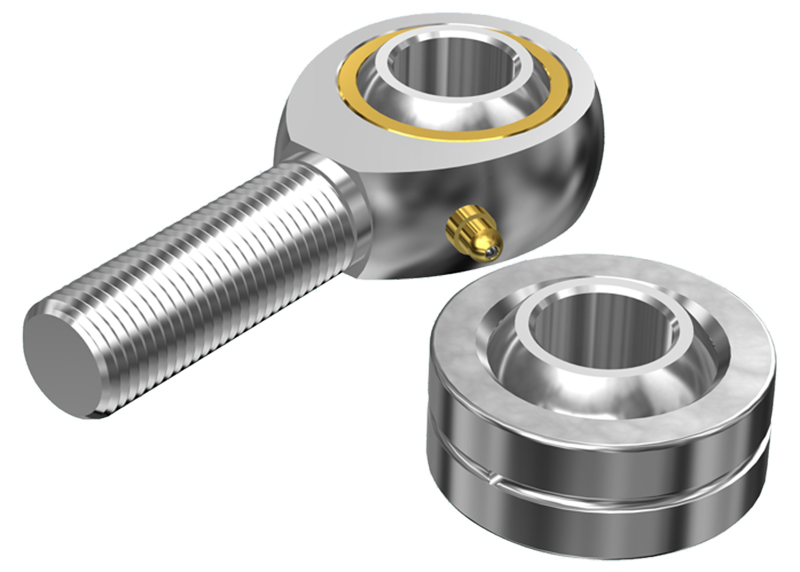
Traditional Lubrication Methods
Grease Lubrication
When it comes to grease lubrication, selecting the right grease is crucial. You want a grease that’s compatible with your equipment’s materials and operating conditions. Look for greases with the appropriate viscosity and additives to handle high temperatures, corrosion, and wear. Don’t skimp on quality; a good grease can extend the life of your machinery.
Now, onto frequency of greasing. This depends on the type of equipment and its usage. For example, bearings in high-speed or heavy-duty applications may need greasing more often than those in less demanding environments. It’s important to follow the manufacturer’s recommendations and keep an eye on the condition of the grease. If you notice it’s getting dirty or hardening, it’s time to reapply. Regular greasing ensures smooth operation and prevents costly repairs down the line. Remember, a little maintenance goes a long way!
Oil Lubrication
Traditional lubrication methods rely heavily on oil lubrication, which involves two key aspects: proper oil viscosity and oil change intervals. Viscosity is a measure of an oil’s resistance to flow, and selecting the right viscosity is crucial for optimal lubrication performance. Too low viscosity can lead to metal-to-metal contact and excessive wear, while too high viscosity can increase friction and energy consumption. Oil change intervals are equally important, as oils degrade over time due to contamination, oxidation, and thermal stress. Regular oil changes ensure that fresh, high-quality oil is circulating through the system, minimizing wear and maximizing equipment life. Adhering to recommended oil change intervals based on operating conditions and hours of use is essential for effective lubrication and machinery protection.
Advanced Lubrication Techniques
Dry Film Lubrication
Dry film lubrication is an innovative technique for rod ends, offering a thin, protective solid film that reduces friction and wear. This method is versatile, performing well in challenging environments like high temperatures and corrosive conditions. The solid lubricant forms a stable barrier, ensuring long-lasting protection and reducing degradation compared to liquid lubricants.
However, careful application is crucial. The film must be even and at the correct thickness for optimal performance. The choice of solid lubricant should be tailored to the application, considering factors like load and temperature. In summary, dry film lubrication provides a valuable solution for extending the life of rod ends in demanding situations, offering stability, longevity, and reduced wear.
Solid Lubricants
Solid lubricants, such as polytetrafluoroethylene (PTFE) and graphite, offer an effective alternative to traditional lubrication methods for rod ends. These materials are applied as a thin film on the rod end’s surface, forming a protective barrier that minimizes direct contact between moving parts. PTFE, renowned for its lubricating properties and resistance to high temperatures and chemicals, provides excellent performance in various applications. Graphite, known for its thermal conductivity and load-carrying capacity, is another popular choice.
Solid lubricants provide several advantages, including compatibility with extreme conditions such as high temperatures, vacuum environments, and corrosive atmospheres. They maintain a consistent, low-friction surface, reducing wear and extending the rod end’s life. However, selecting the right solid lubricant is crucial, as different materials may have varying levels of effectiveness depending on factors like load, speed, and temperature.
Self-Lubricating Rod Ends
Self-lubricating rod ends are a game-changer in the world of mechanical systems. These components are designed to provide a steady supply of lubrication to the moving parts, eliminating the need for external lubrication sources. This not only simplifies maintenance but also enhances the reliability and lifespan of the rod ends.
The secret lies in the materials used to manufacture self-lubricating rod ends. These materials, often composites or polymers, contain embedded lubricants such as graphite or PTFE. As the rod end operates, these lubricants are gradually released, creating a thin film that reduces friction and wear. This self-lubricating action is particularly beneficial in applications where access for regular lubrication is limited or where the operating environment is harsh.
Moreover, self-lubricating rod ends offer consistent performance over time. Since the lubricant is integrated into the material, there’s no risk of it drying up or becoming depleted, unlike traditional lubricants. This ensures that the rod end remains protected against wear and tear, even in the most demanding conditions.
In addition to their self-lubricating properties, these rod ends are often more cost-effective in the long run. While the initial investment may be higher, the reduced maintenance requirements and longer lifespan can save money over time. Plus, they contribute to a cleaner and safer working environment by eliminating the need for frequent oil changes and greasing.
In conclusion, self-lubricating rod ends represent a significant advancement in mechanical system design. Their ability to provide continuous lubrication, improve reliability, and extend lifespan make them an attractive option for a wide range of applications. By harnessing the power of self-lubrication, engineers can create more efficient and durable machines.
Lubrication Maintenance Practices
Regular lubrication maintenance practices are essential for ensuring the longevity and smooth operation of rod ends in mechanical systems. It’s important to inspect rod ends regularly for signs of wear and lubrication issues. Look for any abnormalities such as cracks, pitting, or excessive wear, which could indicate a need for immediate attention.
Scheduled maintenance procedures should be established based on the manufacturer’s recommendations and the specific operating conditions of the system. This includes cleaning and re-lubricating rod ends at regular intervals to remove any dirt or debris that may have accumulated. It’s also crucial to replace worn or damaged components promptly to prevent further deterioration.
By following these maintenance practices, you can extend the life of rod ends, reduce downtime, and improve the overall efficiency of your mechanical systems. Don’t wait until a problem arises; stay proactive with your lubrication maintenance to ensure the best performance from your rod ends.
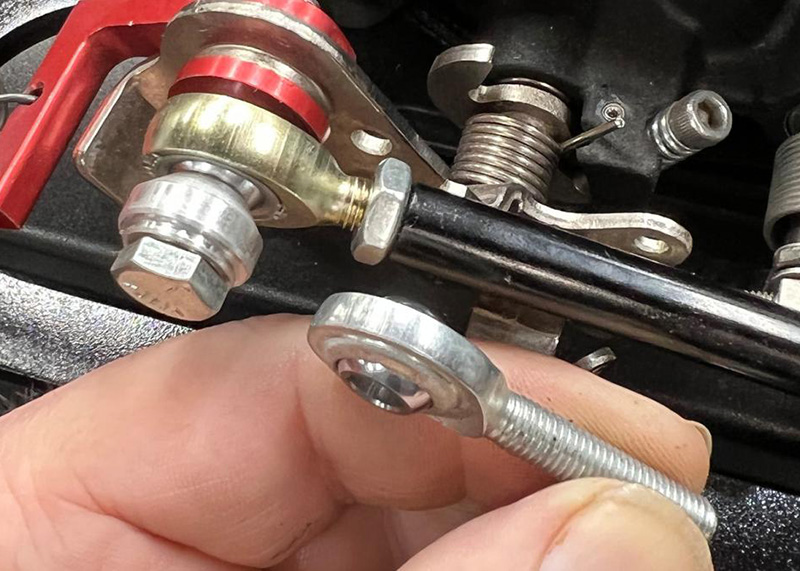
Challenges and Solutions
Rod ends in mechanical systems face various challenges that can affect their performance and lifespan. One of the main challenges is environmental factors such as dirt, dust, and corrosive substances, which can accumulate and cause wear and tear. Another challenge is dealing with high load situations, which can lead to increased friction and wear. Operating in extreme temperatures can also pose a challenge, as it can affect the viscosity of lubricants and the performance of materials.
To address these challenges, it’s important to implement effective solutions. Using advanced lubrication techniques, such as dry film lubrication or solid lubricants, can provide better protection against environmental factors and high loads. Regular maintenance practices, including cleaning and re-lubricating rod ends, can help prevent accumulation of dirt and debris. Additionally, selecting materials and lubricants that are suitable for the specific operating conditions can help mitigate the effects of extreme temperatures.
Conclusion
Proper lubrication is crucial for the longevity and efficient performance of rod ends in mechanical systems. It minimizes friction, prevents corrosion, and contributes to smooth operation. Traditional methods like grease and oil lubrication are effective, but advanced techniques like dry film lubrication, solid lubricants, and self-lubricating rod ends offer enhanced protection and reduced maintenance. Regular inspection and maintenance practices, including cleaning and re-lubrication, are essential to address challenges posed by environmental factors, high loads, and extreme temperatures. By implementing appropriate lubrication strategies and maintenance routines, mechanical systems can maximize the lifespan and reliability of their rod ends, ensuring optimal performance and minimizing downtime.
References
- 1.”Rod end for precise movements” from ASKUBAL;
- 2. “Rod End” from THK;
- 3. “Rod ends” from SKF Bearings.
Related Posts
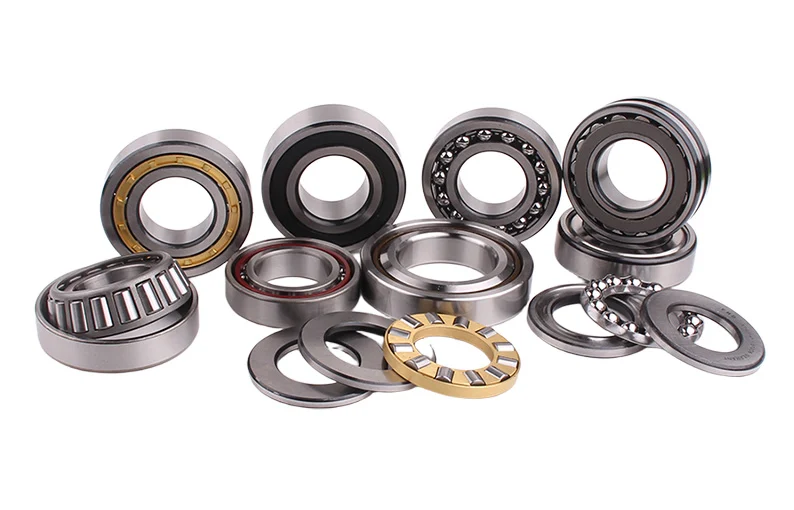
Bearing Code
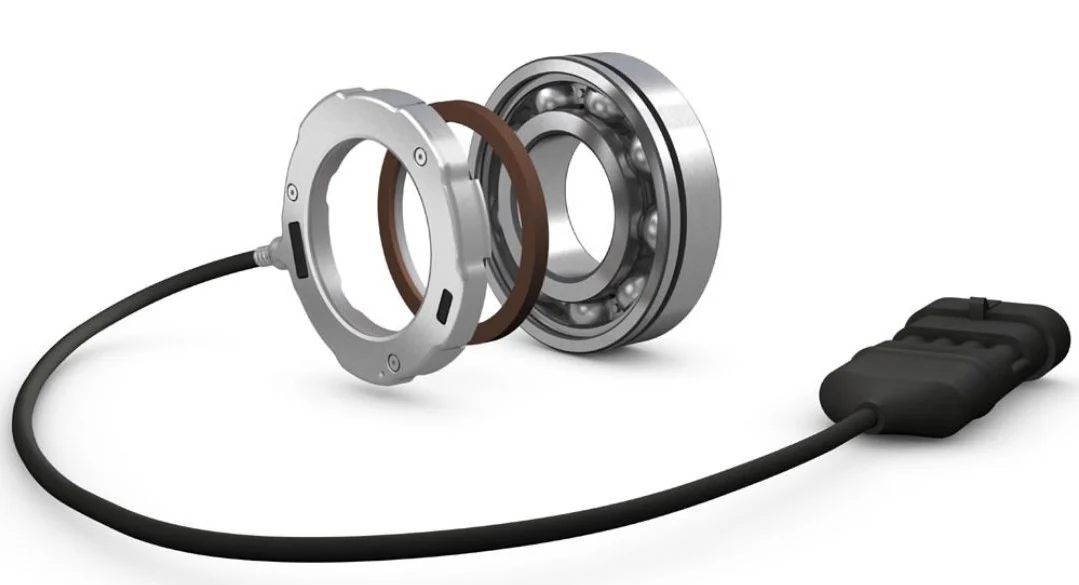
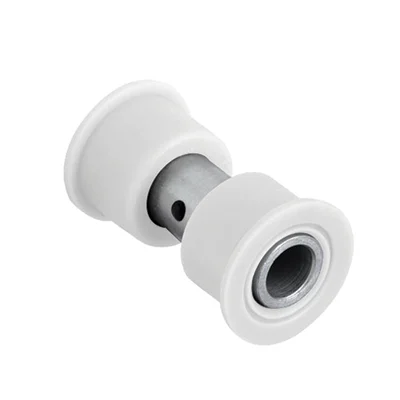
Delrin Bearings: Lubrication-Free Long Life
